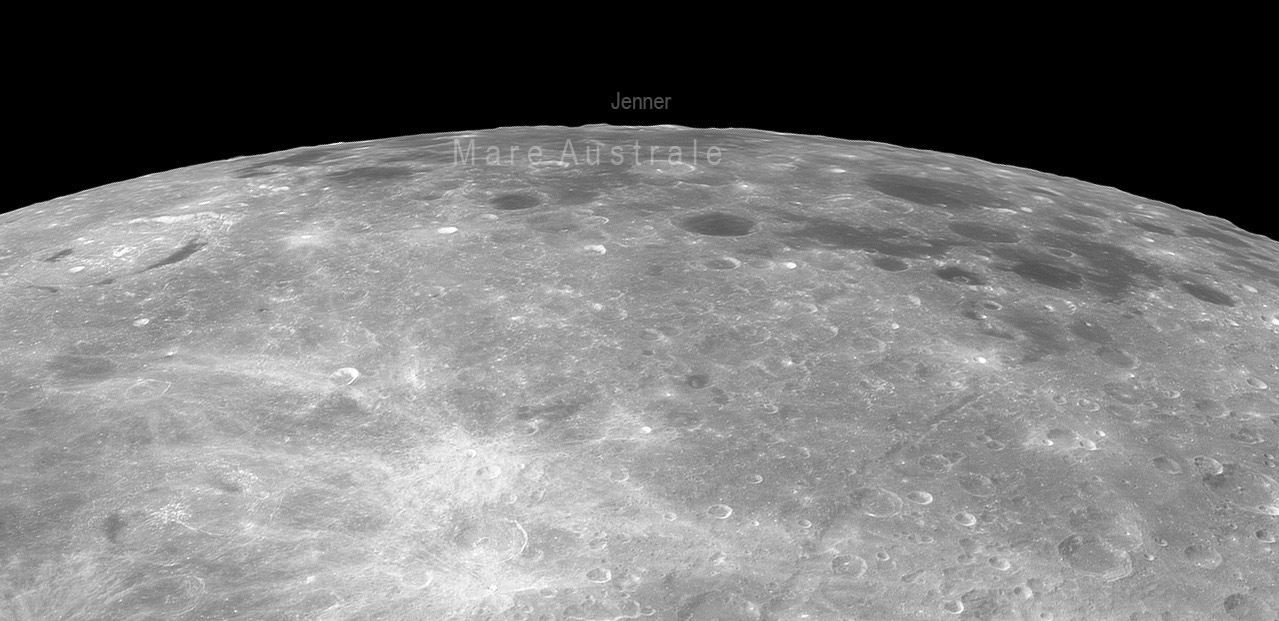Difference between revisions of "January 11, 2012"
| Line 1: | Line 1: | ||
__NOTOC__ | __NOTOC__ | ||
=Southern Solitude= | =Southern Solitude= | ||
| − | |||
<!-- ws:start:WikiTextHeadingRule:0:<h1> --> | <!-- ws:start:WikiTextHeadingRule:0:<h1> --> | ||
<!-- ws:start:WikiTextLocalImageRule:6:<img src="/file/view/LPOD-Jan11-12.jpg/291159805/LPOD-Jan11-12.jpg" alt="" title="" /> -->[[File:LPOD-Jan11-12.jpg|LPOD-Jan11-12.jpg]]<!-- ws:end:WikiTextLocalImageRule:6 --><br /> | <!-- ws:start:WikiTextLocalImageRule:6:<img src="/file/view/LPOD-Jan11-12.jpg/291159805/LPOD-Jan11-12.jpg" alt="" title="" /> -->[[File:LPOD-Jan11-12.jpg|LPOD-Jan11-12.jpg]]<!-- ws:end:WikiTextLocalImageRule:6 --><br /> | ||
| − | <em>image by [mailto:astronominsk@mail.ru Yuri Goryachko], Mikhail Abgarian, Konstantin Morozov, Minsk, Belarus.</em><br /> | + | <em>image by [mailto:astronominsk@mail.ru" rel="nofollow Yuri Goryachko], Mikhail Abgarian, Konstantin Morozov, Minsk, Belarus.</em><br /> |
<br /> | <br /> | ||
What a variety of landforms in this view looking across the Australe sea. The mare itself is like a collection of lakes<br /> | What a variety of landforms in this view looking across the Australe sea. The mare itself is like a collection of lakes<br /> | ||
| Line 13: | Line 12: | ||
lava patches, but Humboldt's lavas are darker and perhaps younger than those of Australe. At the center of the scene <br /> | lava patches, but Humboldt's lavas are darker and perhaps younger than those of Australe. At the center of the scene <br /> | ||
are two of the smallest fresh craters with the longest rays. With this lighting and excellent processing the two rayed <br /> | are two of the smallest fresh craters with the longest rays. With this lighting and excellent processing the two rayed <br /> | ||
| − | [http://www.lpod.org/?m=20061008 craters] are finally visible. Finally, at the right is what looks like a railroad bending into the distance. This is the Rheita <br /> | + | [http://www.lpod.org/?m=20061008" rel="nofollow craters] are finally visible. Finally, at the right is what looks like a railroad bending into the distance. This is the Rheita <br /> |
Valley, a chain of secondary craters formed by debris ejected from the Nectaris Basin. This is a great corner of the <br /> | Valley, a chain of secondary craters formed by debris ejected from the Nectaris Basin. This is a great corner of the <br /> | ||
| − | Moon to view with understanding. Visit the entire marvelous Minsk [http://objectstyle.org/astronominsk/Moon/Moon2011/Moon_20111105_en.htm mosaic] that this is only a fragment from.<br /> | + | Moon to view with understanding. Visit the entire marvelous Minsk [http://objectstyle.org/astronominsk/Moon/Moon2011/Moon_20111105_en.htm" rel="nofollow mosaic] that this is only a fragment from.<br /> |
<br /> | <br /> | ||
| − | <em>[mailto:tychocrater@yahoo.com Chuck Wood]</em><br /> | + | <em>[mailto:tychocrater@yahoo.com" rel="nofollow Chuck Wood]</em><br /> |
<br /> | <br /> | ||
<strong>Technical Details</strong><br /> | <strong>Technical Details</strong><br /> | ||
Revision as of 21:26, 4 January 2015
Southern Solitude

image by " rel="nofollow Yuri Goryachko, Mikhail Abgarian, Konstantin Morozov, Minsk, Belarus.
What a variety of landforms in this view looking across the Australe sea. The mare itself is like a collection of lakes
rather than a broad sea. There is a basin under it all but it must have been an early one that healed isostatically -
the warmth of the early crust allowed the fractures to heal and the mountainous rim to subside. The lava fill is prob-
ably only a kilometer or so thick, not enough to cause subsidence to produce circumferential rilles. Looking across
Australe is the crater Jenner at 96° E longitude. At the far left is Humboldt, perhaps an outlier perhaps based on its
lava patches, but Humboldt's lavas are darker and perhaps younger than those of Australe. At the center of the scene
are two of the smallest fresh craters with the longest rays. With this lighting and excellent processing the two rayed
" rel="nofollow craters are finally visible. Finally, at the right is what looks like a railroad bending into the distance. This is the Rheita
Valley, a chain of secondary craters formed by debris ejected from the Nectaris Basin. This is a great corner of the
Moon to view with understanding. Visit the entire marvelous Minsk " rel="nofollow mosaic that this is only a fragment from.
" rel="nofollow Chuck Wood
Technical Details
November 5, 2011, 16:30UT. Maksutov-Cassegrain Santel D=230mm F=3000mm, prime focus, Unibrain Fire-i 702 CCD
b/w camera (IEEE-1394, 1388x1040); Filter: Baader IR-pass 685nm+. Processing in Avistack, Astra Image, Photoshop.
Related Links
Rükl plate 68 and others



